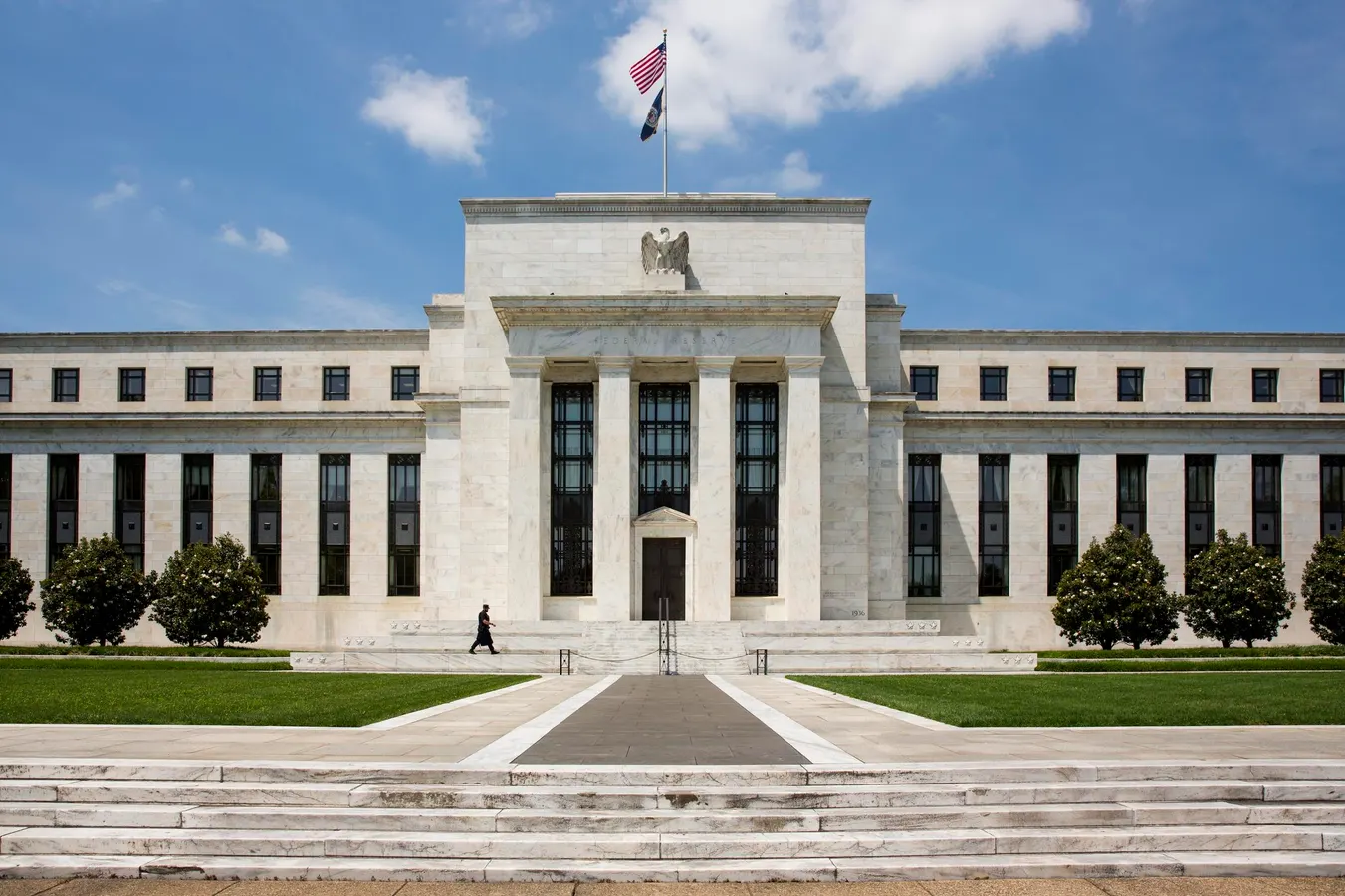By Bob Haber,Contributor,Fiscal Dominance
Copyright forbes

Americans have always trusted the business cycle to do its work, cycling the economy from boom to bust and back with a metronomic regularity that disciplines businesses, calibrates asset prices, and hems in policymakers. But as we peer into fall 2025, it’s hard to avoid a simple truth. The rules of cyclical ebb and flow remain, but their power is now overshadowed by the federal government’s relentless fiscal dominance and spending largesse. Instead of resetting itself via contraction or expansion, the cycle is being shaped and, at times, distorted by waves of government intervention, forcing investors to ask, what would it actually take to break the current pattern?
In a time marked by headlines about inflation, labor markets, and rising government debt, the underlying business cycle continues to pulse along familiar lines. Leading economic indicators have spent 40 consecutive months in contraction. Permits, manufacturing orders, and jobless claims all paint a picture of persistent cyclical weakness. The cyclical economy, historically centered on housing and manufacturing, has experienced a remarkably elongated, though mild, downturn since 2023. Residential construction activity, the canary in the coal mine, is dragging the index lower, while manufacturing, after its pandemic peaks, has settled into extended stagnation rather than abrupt collapse.
The sharp decline in cyclical production stands in contrast to relatively resilient employment. Production metrics show an 8% drop from peak, against a cycle downturn that’s lingered for 31 months, an unprecedented duration even compared to prior mild recessions. These trends suggest the old machinery of contraction, wage pressure, and asset repricing remains alive, only partially muffled by external factors.
Enter fiscal dominance, a term once confined to seminars and policy roundtables, now at the center of America’s economic fate. The passage of the One Big Beautiful Bill Act in July 2025 and extensions of the 2017 tax cuts have turned deficit spending into a way of life. According to both the Congressional Budget Office and independent forecasters, these moves could push debt-to-GDP toward an eye-watering 183% by mid-century, an escalation unmatched in peacetime economic history.
But this isn’t just about numbers and projections. Fiscal policy now sets the tone for the cycle. Stimulus checks, infrastructure rounds, and a slew of new deductions keep consumer sentiment robust and the asset markets buoyant, forcing the Federal Reserve to follow, not lead. While recent tariff hikes have momentarily trimmed the deficit, the broader foundation of fiscal dominance is built on aggressive government borrowing, not higher taxes, leaving the Fed in a straitjacket.
What’s unusual about this cycle isn’t just its length or mildness, but the way the central bank has been backed into a corner. The government’s interest expense will approach $1 trillion this year, triple the load from just five years ago, and is set to double again within a decade. Faced with this burden, the Fed has cut short-term rates to cushion the blow. The effect? Asset prices have rallied on the promise of easier money, inflating everything from mega-cap equities to riskier corners of the market.
MORE FOR YOU
Yet this posturing by the Fed risks its independence and long-term credibility, a classic fiscal dominance scenario, where monetary policy is forced to accommodate government financing needs rather than fight inflation or stimulate growth. Investors trading in today’s goldilocks regime should keep one eye on this tension; market discipline can’t be suspended indefinitely.
Analysts, traders, and business leaders are left asking, what would it take for the classic business cycle to break out of fiscal captivity and force a true reset? The data offers two main paths:
1. Decisive Weakness in the Cyclical Economy:
Historical analysis shows that when cyclical employment declines, recession becomes almost inevitable unless cyclical GDP growth can offset it above 3% nominal. Presently, cyclical GDP growth looks strong on paper, about 6%, but a closer read reveals it’s narrowly concentrated in two sectors: AI/computers and aircraft equipment. These segments together account for 16% of recent growth despite comprising a mere 0.3% of the total economy. If broader employment and production metrics tip downward more steeply, aggregate measures could quickly come unmoored.
2. An Unexpected Inflation Shock:
The inflation narrative is now built into market pricing and consensus forecasts. If headline inflation were to meaningfully breach expectations, eroding real wages or stoking sustained cost-push pressures, the Federal Reserve might be forced into a tightening cycle in direct conflict with fiscal policy aims. This policy clash, pitting monetary and fiscal levers against each other, would almost certainly prompt a risk-off repricing across assets and test the resilience of firms and households alike.
For now, fiscal largesse keeps asset prices elevated, labor markets insulated, and consumption nominally robust. The business cycle’s traditional mechanics haven’t disappeared, but they have been blurred, masked by intervention and market liquidity that’s both a balm and a sedative. Investors can lean into prevailing trends, but with strategic caution. The next shock will likely come from corners that fiscal policy cannot easily cushion, such as deeper cyclical frailty or unanticipated inflation.
As autumn unfolds, keep close tabs on the internals of the cyclical economy, inflation’s stubborn edge, and the complex dance between the Fed and the Treasury. The cycle hasn’t vanished; it’s simply waiting for the right moment to remind us that America’s boom-bust machinery, however delayed, is never truly defeated.
Editorial StandardsReprints & Permissions



